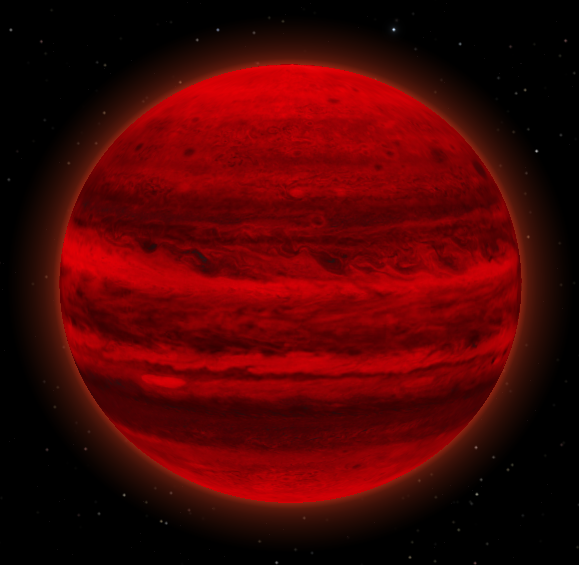STEM
Solar System
Nature of Science
In 2018, Scott Sheppard, an astronomer at the Carnegie Institute
for Science in Washington, D.C., announced the discovery of a new dwarf planet
that was 120 times farther from the sun than is Earth. They gave it what they
thought was an appropriate nick-name, “Far Out.”
Now he and his colleagues have found a dwarf planet even
farther out, 140 times farther from the sun than is Earth. So what did they
call it? “Far Far Out.”
Sheppard and his colleagues Chad Trujillo at Northern
Arizona University in Flagstaff and David Tholen at the University of Hawaii in
Honolulu are in search of larger game, a hypothesized 9th planet often
referred to as Planet 9 or Planet X. It
is thought to be about the size of Neptune and patrols an elliptical orbit
that goes around the sun every 15,000 years.
This is the place where the dwarf planets come into play.
Their orbits, yet to be determined, would be shaped by this much larger planet.
The orbit shapes will take several years to determine. An earlier discovery by
Sheppard known as “Goblin” (found around Halloween 2015) has an orbit that
suggest influence by Planet 9/X. If the three orbits are clustered,
the evidence for the large planet would be greatly increased.
Paul Voosen an Earth and planetary writer for Science has a
short article about this announcement.

 CGEE Student Voice
CGEE Student Voice
No comments:
Post a Comment